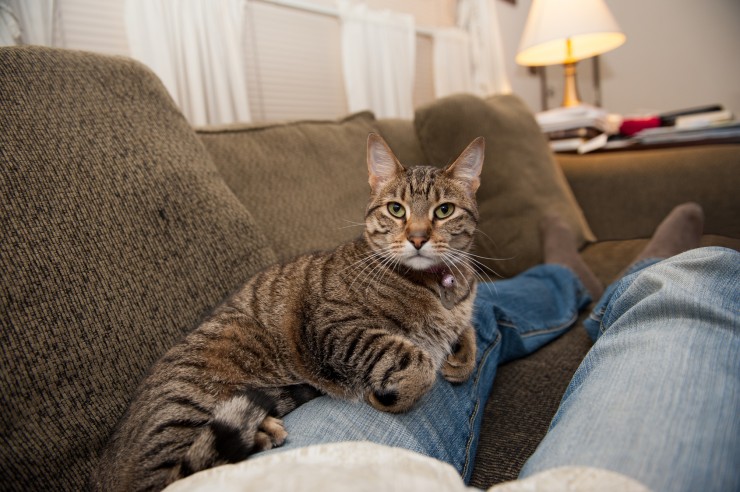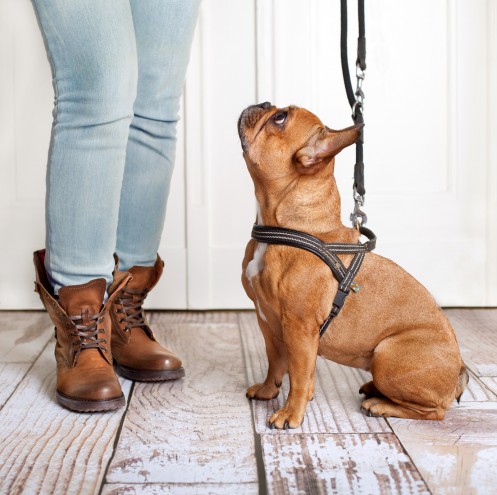
Overview
The twisting of the stomach is
very dangerous because it constricts the inlet and outlet of this organ,
resulting to the death of stomach tissues. Nutrients and oxygen can no longer
be processed and distributed, and when left untreated, it will cause death.
Causes
Unfortunately, the medical world has yet to discover the exact causes of bloat. The general notion is that excessiveness in eating and drinking after exercising causes it, because this activity (exercising) can trigger gas to build up when done after a meal.
Here are other factors that
may contribute to canine bloat: stress, heredity, elevated food bowls, physical
attributes- large deep chest, and the dog抯 disposition.
Symptoms
The following are the
symptoms of canine bloat: anxiety, restlessness, vomiting or attempting to
vomit, whining, excessive drooling, distended abdomen, fast heart rate, pale
gums, and difficulty in breathing.
Who is at Risk?
There are certain dog breeds that are at risk of canine bloat, and these are more common on large breeds. Among them are: Great Dane, Akita, German Shepherd, Rottweiler, Irish Setter, Bloodhound, Boxer, St. Bernard, Golden Retriever, and Doberman.
Age can also be a factor.
Though it can occur in pups, it is found to be more common in adult dogs.
Treatment
If you notice the aforementioned
symptoms, be sure to call your vet right away. Early diagnosis and treatment
could save your pet抯 life. Initial treatment includes the insertion of a tube
called tochar into the walls of the stomach, as this will remove the gas. Once
this is done, the vet will start operating on the stomach to untwist it.
There may also be secondary
treatments provided, if necessary.
Prevention
Due to the many causes of
bloat, it is difficult to ensure prevention. But here are things that you can
start with, and maintain:
1. Feed your dog in small portions, about 2-3 times daily, instead of one big meal.
2. Avoid the use of elevated food bowls.
3. Include enzymes as part of your dog抯 meals.
4. Prevent large intakes/gulps of water after every meal.
5. Make sure you have your vet抯 contact details with you.
6. You can have your dog undergo gastropexy surgery.
?/p>
.
 Japanese Akita Temperament And Training
Japanese Akita Te
Japanese Akita Temperament And Training
Japanese Akita Te
 How To Turn Your Kitten Into A Lap Cat
How To Turn Your
How To Turn Your Kitten Into A Lap Cat
How To Turn Your
 Conjunctivitis In Cats - Feline Conjunctivitis
Conjunctivitis In
Conjunctivitis In Cats - Feline Conjunctivitis
Conjunctivitis In
 Dealing With A Dog That Grabs Or Chews The Lead When Out Walking
Dealing With A Do
Dealing With A Dog That Grabs Or Chews The Lead When Out Walking
Dealing With A Do
 Getting Your Cat Fit And Healthy By Having Fun
Getting Your Cat
Getting Your Cat Fit And Healthy By Having Fun
Getting Your Cat
Copyright © 2005-2016 Pet Information All Rights Reserved
Contact us: www162date@outlook.com